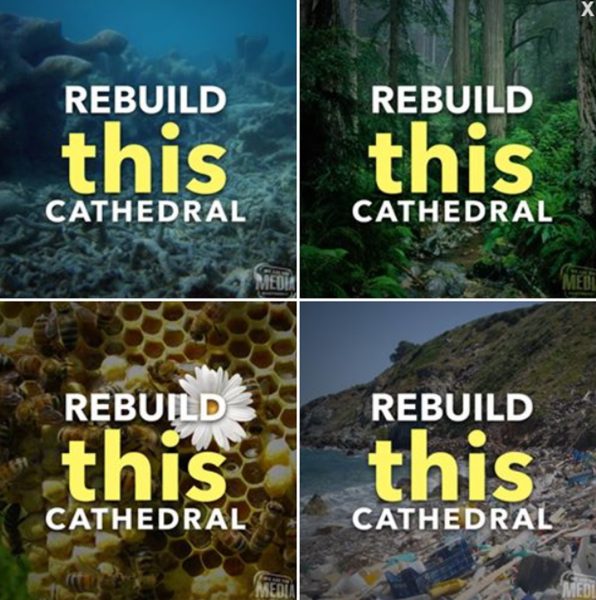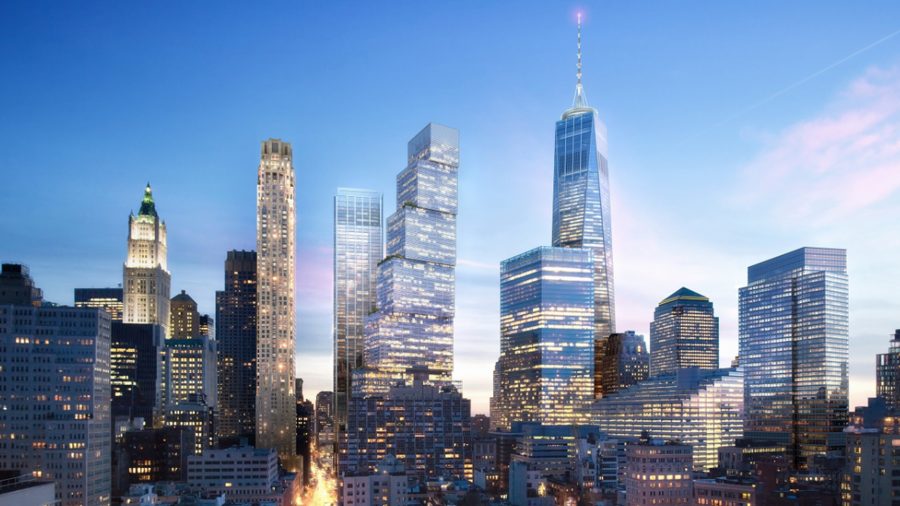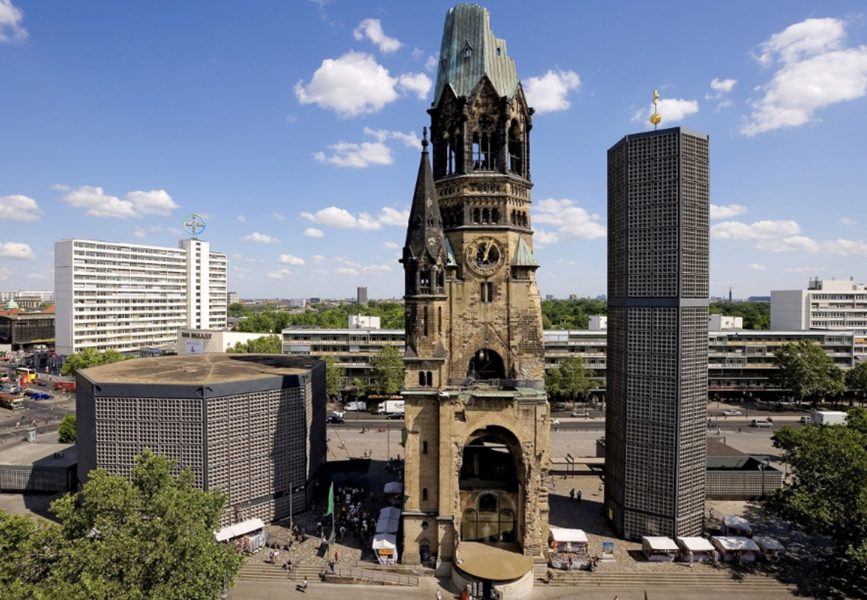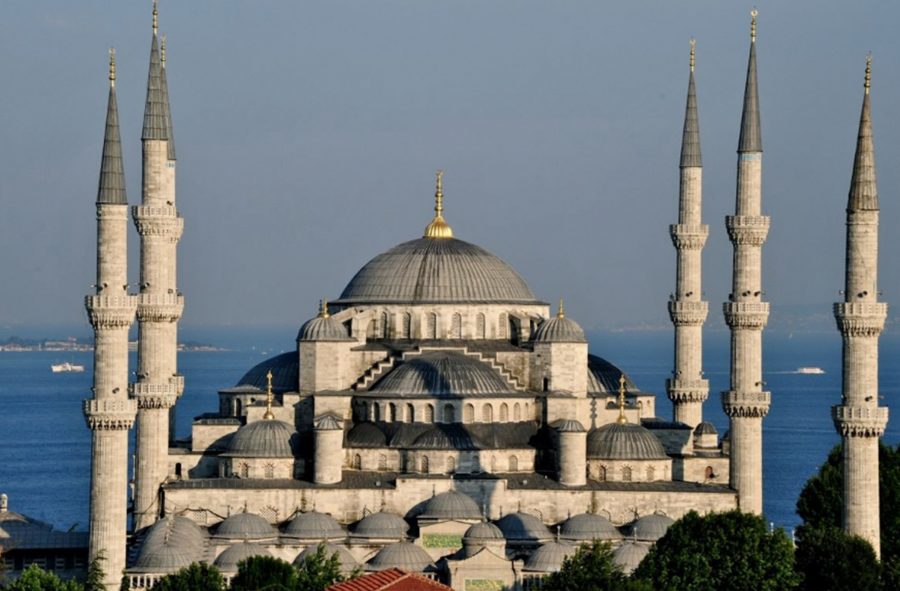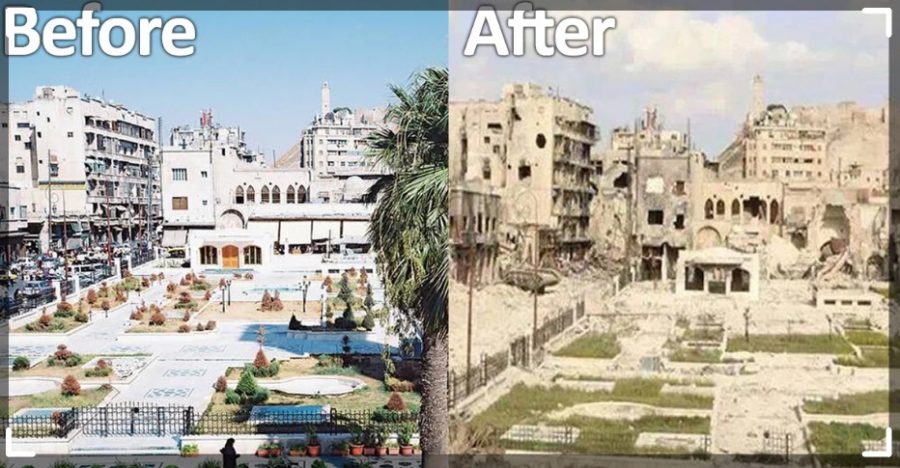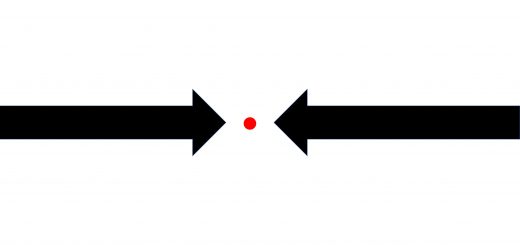Should Notre Dame Cathedral be Restored?
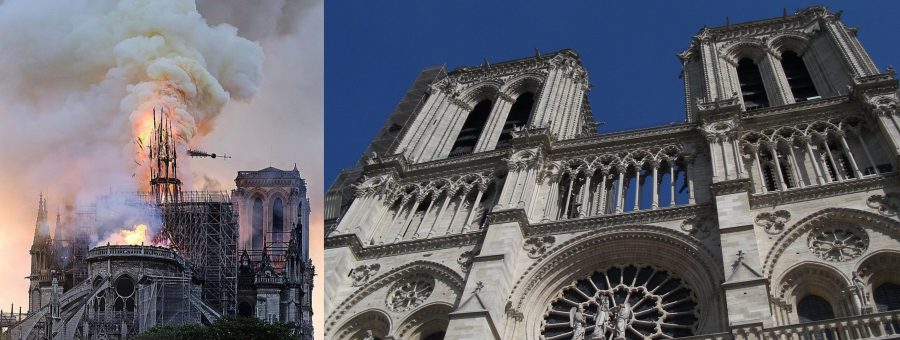
Shôn Ellerton, April 23, 2019
Whether an accident or intentional, the burning down of Notre Dame Cathedral is a massive cultural loss for many of us. The community seems divided whether it should be restored or not.
I remember exactly where I was when 9/11 happened. I was sitting next to my Rega turntable listening to Depeche Mode’s A Broken Frame at my father’s house in Ludlow nursing myself just after having knee surgery. On the TV, an aeroplane dashed itself into the second tower. As with many others who watched the same thing that day, I thought this was a new action movie at first. Amazing how certain memories are indelibly-etched when a significant event happened at the same time.
Notre Dame caught fire on April 15th, 2019. The next day, I was at home perusing one of my podcasters favourite channels only to hear about it from there. Initially, I thought this was a hoax until I started reading the online news. I was in disbelief when I watched the tower collapse and the savage flames engulf the whole of the interior of the cathedral. To all intents and purposes, the cathedral had been irrevocably damaged by this tragedy. Whether accidental or intentional (if I was a betting man, I would say intentional), an architectural wonder of a building has been destroyed.
In only a few hours, many hundreds of social media posts were being avidly shared preaching that the loss of a building is nothing compared to the damage man is inflicting on the environment and that restoration funds would be better put to use in ‘saving the environment’ instead.
Image from Facebook post equating cathedrals to the environment
Other posts suggest that the building represents only one religion thus alienating others not of the same faith.
Sentiments after the 9/11 tragedy were, of course, different due to two major reasons. Firstly, use of social media in 2001 was markedly different then. During 2001, AOL, Yahoo and MSN Messenger reigned supreme. Even so, only a small percentage of the population used it, let alone used the Internet at all. Incidentally, Facebook was launched much later during 2004. Secondly, and the most significant difference, is that thousands of innocent people died in an obviously intentional terrorist attack. However, there are some veering towards conspiracy who suggest otherwise.
If 9/11 Happened Now, How Would Social Media React?
If 9/11 happened now, what would our social media say about it? The deaths of thousands would be justifiably viewed as heinous and horrendous. Viral posts would be screaming out for the retribution of anyone remotely connected to those responsible for the tragedy. The multitude and deluge of viral posts connected to 9/11 would be astronomical dwarfing the Notre Dame incident into insignificance.
As for the rebuilding or replacement of the World Trade Center, how would social media react to the $4000M price tag for its replacement with 2 World Trade Center? I think it would be a difficult question to answer; however, I personally think the answer would be the same as for Notre Dame. Like today, eco-warriors were just as strong back in 2001. They just didn’t have the social media audience as we do today.
Proposed 2 World Trade Center, New York City
I have not come across any recent social media posts suggesting that the money required to build 2 World Trade Center could be better put to use for environmental conservation initiatives. Perhaps this is because time is a great healer. We’ve had nearly two decades since the event, many of us, wanting to move on and heal the wounds.
Is it Right to Compare Notre Dame with the Environment?
Should we be agreeing or disagreeing that the money used to restore Notre Dame be used for conservational initiatives instead? I think these debates are highly flawed. Before I explain why, let it be known that I happily support many conservational initiatives, the most recent was an opening of a wildlife and heritage national park in metro Adelaide which was nearly destined for yet more sprawling housing estates.
Let’s think about all the revenue sources which could be put to use on conservation initiatives. Think about all the various taxes and tariffs set by your government. There’s tobacco tax, fuel excise duty, alcohol tax, stamp duty, the list goes on. What does your national budget comprise of? I guarantee for most that the lion’s share will be in defence. You might be shocked if you look up the cost of one submarine. For example, with a price tag of around $4000M for one Collins-class submarine, you could rebuild four Notre Dames for the same amount. I guarantee that you won’t get one tourist dollar for that submarine! However, does it mean we should not build these submarines? Again, the topic is too complex and, in any case, I am not an authority on this matter or what lies underneath. The same principle applies to saving national heritage iconic structures.
For perspective, the restoration of Notre Dame is estimated to be around $800M over the period of two decades. The estimated build cost of 2 World Trade Center is $4000M. The national annual defence budget for France is just over $40,000M. Remember, that’s $40,000M per year as opposed to $40M per year for the full restoration of Notre Dame over a two-decade span.
Here’s another thing, if you had $800M to spend on conservation initiatives, what, and more importantly, how would you spend it. The restoration of Notre Dame could take many paths; whether to use near-to-original materials, replace with more modern materials, restore partly or completely, or leave as a monument like the Kaiser Wilhelm Memorial Church in Berlin shown below.
Kaiser Wilhelm Memorial Church, Berlin
Whatever choice is taken, there will be a clear plan on what is required to restore it. There will be a strategy in place as to how to do it. The costs will be estimated to a reasonable degree of accuracy. The end-result is clear. The focus is clear. Yes, undeniably, that $800M could be used elsewhere on conservation initiatives, but on what exactly? No common consensus would ever materialise. The funds would slowly dwindle in administrative affairs to probably nothing in the end. Even if a common consensus could be made, how would the funding be administrated? It is probably unlikely, from what eco-warriors are targeting, that the spending would ever be on a conservation initiative within domestic soil where money could be directed efficiently. Inevitably, the funding would run through a gauntlet of politics and corruption before ever reaching its desired endpoint. It’s just too messy.
We all have opinions as to how or if the restoration should take place with Notre Dame. My personal opinion is that it should be restored to some degree. Not because of what it signifies, but what it is as a structure. Ancient Egypt was probably not a great time for many who had to endure hardship under the pharaohs; however, their structures are wonders which we want to preserve. I would not insist on restoring elements of the cathedral structure to their exact original format if it requires sourcing them from rare materials or endangered species of trees. We should embrace modern and efficient building techniques when required. Restoration of the cathedral also opens out so many interesting opportunities for those who want to become an apprentice to becoming a stone mason, a stained-glass craftsman, a medieval/gothic-buildings carpenter and much more. Many of these skills are the reserve of the older generation and are now, near to extinction.
But What Does Notre Dame Mean to Me?
Most Parisians regard Notre Dame as being a highly culturally-significant structure along with many others including the Eiffel Tower and the Arch of Triumph. On a side point, the marvellous wrought-iron Eiffel Tower was erected for the 1889 World’s Fair and soon became, for most, an absolute eyesore. It was meant to be a temporary structure but it was never dismantled, but as time grew by, it became the iconic structure of France. If the Eiffel Tower, somehow, got destroyed intentionally or otherwise, would we share the same views as we had for Notre Dame?
What’s different about Notre Dame is that it represents a religion whereas the Eiffel Tower does not. During the news footage when Notre Dame was burning, there were many cheering for its demise. Moreover, there are many posts on social media that do not support the restoration of Notre Dame on grounds that it is based on Catholicism. If, for example, the incredibly magnificent Blue Mosque in Istanbul (shown below) was destroyed, I am one-hundred percent certain that many will also cheer and applause, particularly those who are against the faith it stands for.
Blue Mosque, Istanbul
Let’s take Buckingham Palace as another example. If it, somehow, caught on fire and burned down, would we share the same experience of losing a cultural landmark. Not all of the British population support the Royal Family. Far from it. I would expect a very large number of social media posts suggesting that the palace would not be worth restoring based on this alone. Incidentally, throughout the years, Britain and many other countries have lost astounding works of architecture due to fire, most of which, never were restored. One of my personal favourites in this genre is Fonthill Abbey (below) which was destroyed by fire in 1755.
 Fonthill Abbey which caught on fire in 1755
Fonthill Abbey which caught on fire in 1755
Notre Dame is a national landmark along with the Eiffel Tower and the Arch of Triumph regardless of what it stands for. In our history, we have seen far too many magnificent structures being torn away needlessly because of what they symbolise.
Who Will Pay for Restorations?
At the end of the day, it all boils down to money. Who will pay for the restorations? Will it be the French taxpayer? The Catholic Church? The insurers? Donations? Probably a combination of all. Notre Dame does have an advantage being a Catholic icon that it is likely that much of the cost will be footed by the immensely wealthy Catholic Church rather than the taxpayer. I’ve read so many rants on social media that billionaires should be focussing on donating to other environmental causes rather than restoration of the cathedral. Who is to say that those same billionaires are not already providing donations to the environment along with other good causes like poverty, education and world hunger? If someone is offering to help pay, I say, let them. Moreover, praise them in doing so. Far better than taking from the public tax coffers.
Conclusion
Should Notre Dame be restored to its full glory? Like any other significant structure which has been razed down by fire or some other tragedy, each case needs to be looked at individually. Is it practicable to rebuild it as it was? If not, can it be converted with more modern materials? I cite another example in the case of the magnificent Battersea Power Station in London which was left derelict for years as a skeleton. Whilst I was living in London at the time, there seemed to be no solution although countless proposals were in place including a new theme park complete with rollercoasters. It was impracticable to rebuild it as it was, nor would it have any useful function except as a very expensive monument of a decommissioned power station. However, it is now undergoing a conversion to mix modern design and restoration to complete a new urban space with shops, restaurants and apartments. I’m not suggesting that this should be done with Notre Dame, but options should always be explored.
Battersea Power Station, London
This article applies not only to Notre Dame, but to other significant structures that may suffer or had already suffered a similar fate. Significant events like what happened at Notre Dame are the perfect catalysts in stirring up and heating emotions throughout social media channels. During our brief history in the twenty-first century, we have destroyed so much in the way of cultural significance. During the conflicts in the Middle East, one can ponder just how many important historical artifacts have been lost to war and conflict. I remember sitting down in a barber one time and focussing on a before and after picture of Damascus. I thought to myself in silence, “Just what the hell are we doing to ourselves?”
Before and after picture of a scene in Damascus
